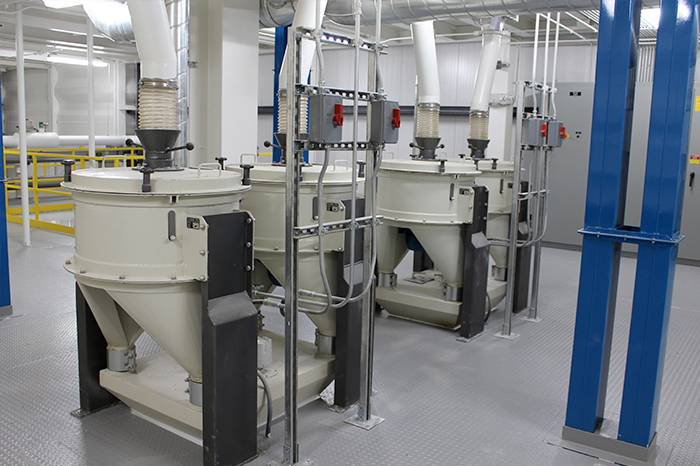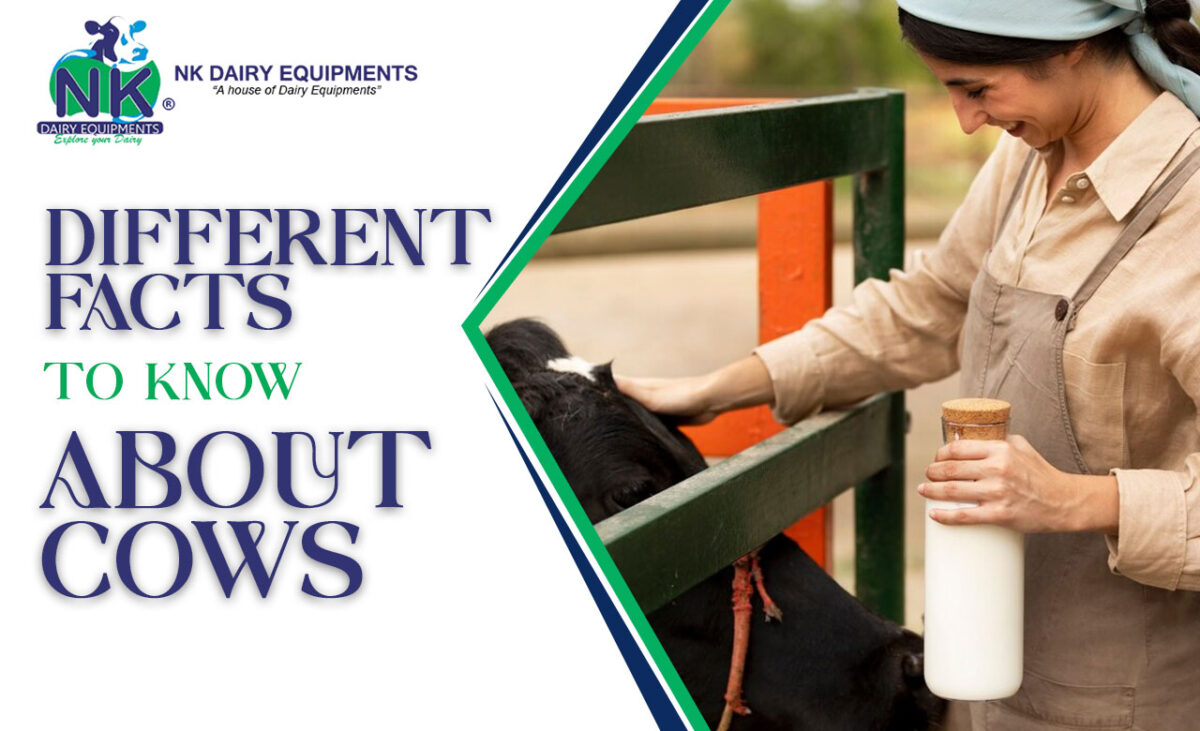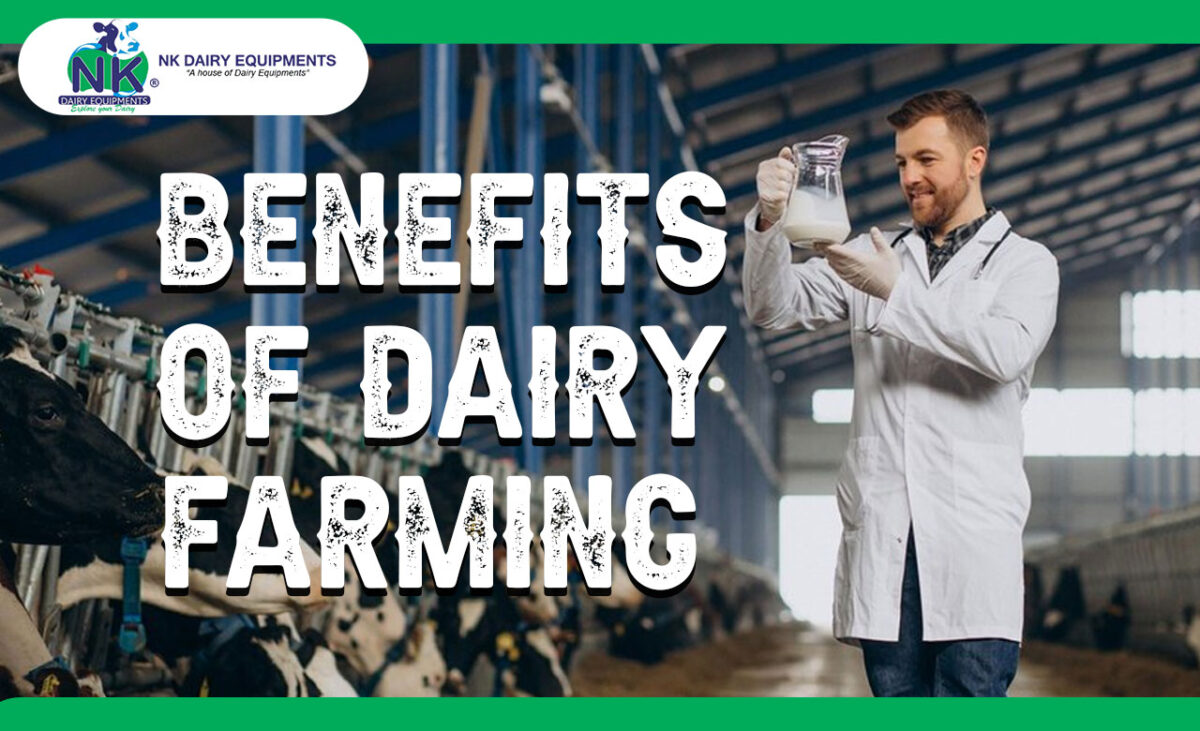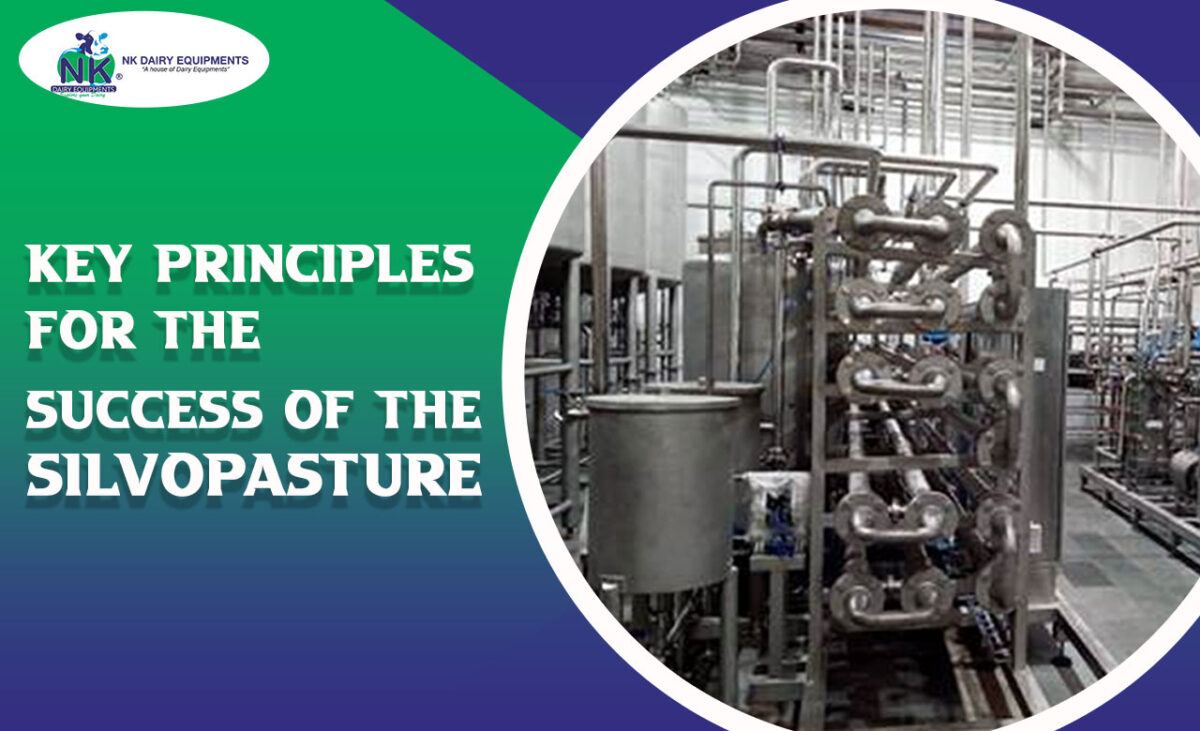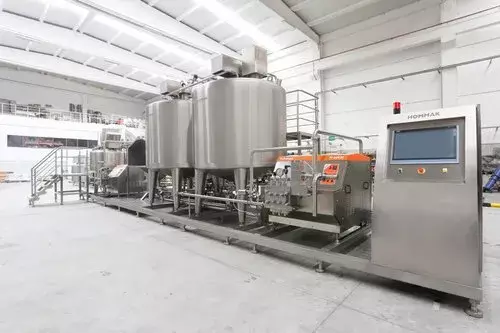अगर आप अपने डेयरी फार्म में थोड़े से लेटेस्ट टेक्नोलॉजी का इस्तेमाल करे तो आप आसानी से कम समय में अच्छी कमाई कर सकते है | ऐसे बहुत से लोग होते है जो डेयरी का बिज़नेस शुरू करना चाहते है, कुछ लोगों ने तो शुरू भी कर लिया होता है | उनमे से कुछ लोग होते है जो अकसर दूध को बाहर से खरीद कर बेचैन शुरू कर देते है, जिससे उन्हें कुछ खास मुनाफा प्राप्त नहीं होता | आजकल मार्किट में ऐसे लेटेस्ट टेक्नोलॉजी ने कदम रखा है, जिसके इस्तेमाल आपकी डेयरी फार्मिंग भी अच्छी हो जाएगी और कम समय में शानदार कमाई भी होने लग जाएगी |
दरअसल लोग अब किसी भी सामान को खरीदने से पहले उसकी कीमत के बजाये उसकी क्वालिटी पर ज़्यादा ध्यान देते है | ऐसे में आपको क्वालिटी के आधार पर कमाई करने का काफी अच्छा अवसर मिल सकता है | जिन लोगों के पास गाये-भैंसे नहीं होती है, वह अक्सर गावों में से किसानो या फिर पशुपालकों से दूध को खरीदकर आम लोगों को बेचते है | ऐसे में आप लेटेस्ट टेक्नोलॉजी के इस्तेमाल से एक बिज़नेस को शुरू कर सकते है, जिसमे आप किसी भी गांव से दूध को खरीद कर किसी भी जगह बेच सकते है | इसके लिए आपको दो ऐसे मशीनों की आवश्यकता होगी, जिससे आप अपने काम को शुरू कर सकते है | आइये जानते है ऐसे मशीनों के बारे में और क्या है इसके फायदे :-
- मिल्क स्टीरर मशीन :- इस मशीन को कई लोग वाइब्रेटर भी कहते है | यह मशीन का इस्तेमाल दूध के सैंपल के तापमान को मेंटेन करने के लिए किया जाता है | अगर दूध का तापमान ठंडा या गर्म है तो उससे भी यह मशीन सही तापमान में परिवर्तित कर देता है |
- फैट टेस्टिंग मशीन :- इस मशीन का इस्तेमाल दूध में फैट की टेस्टिंग के लिए की जाती है, और साथ ही मशीन से यह भी पता चल जाता है कि दूध में किसी तरह का मिलावट है या नहीं | यह मशीन उन लोगों के लिए बहुत फायदेमंद है जो डेयरी का बिज़नेस कर रहे है |
इस मशीन इस्तेमाल दूध को खरीदने और बेचने दोनों समय में किया जा सकता है | दरअसल आप जब दूध को किसी भी गांव या फिर पशुपालन से खरीदते हो तो आप इस मशीन के ज़रिये दूध का फैट टेस्ट करके उस हिसाब से रेट लगा सकते हो | जिन लोगों के पास यह मशीन नहीं होती वह लोग अक्सर धोखा का जाते है और पशुपालकों से मिलावट को खरीद लेते है, जिससे उन्हें खास प्रॉफिट भी नहीं मिलता, ऊपर से अलग से नुक्सान भी हो जाता है | ऐसे में आप मशीन की सहायता से अच्छे क्वालिटी का दूध खरीद पाओगे और बेच पाओगे | जिससे आपके ग्राहक की संख्या तो बढ़ेगी और साथ ही शानदार कमाई भी होगी |
इस संबंधी कोई भी जानकारी के लिए आप एनके डेयरी इक्विपमेंट से चयन कर सकते है | यहाँ पर डेयरी से जुड़ी हर तरह के उपकरण मौजूद है |



